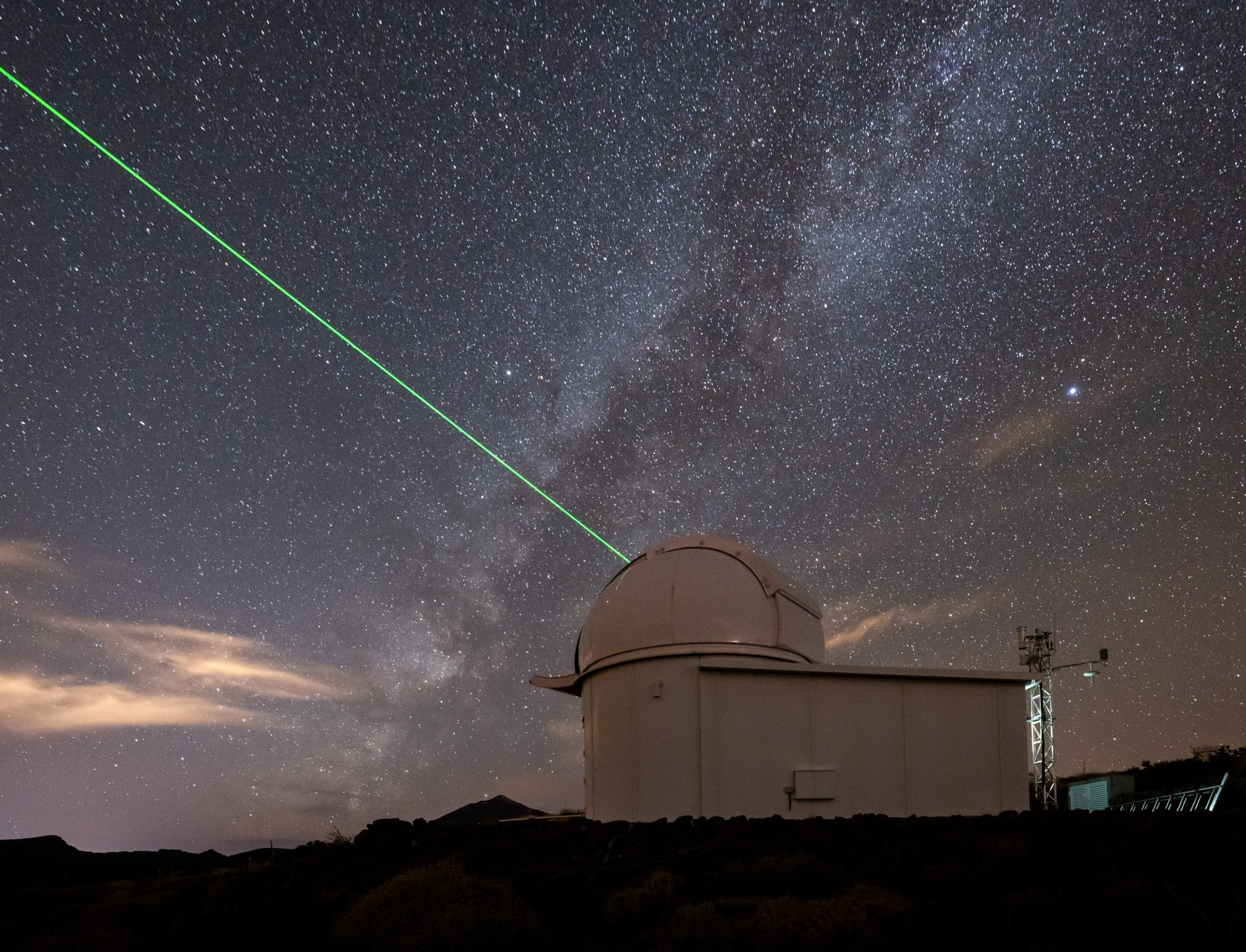Arctic Space Weather Demonstrator
Gaining insights for improved space weather services
ESA’s Space Weather Office, part of its Space Safety Programme managed from ESOC, is responsible for the development of a space weather system to achieve better protection for Europe against the adverse impacts of space weather activity.
A key element is the ESA Space Weather Service Network. In order to expand on existing end user engagement work and gain valuable feedback on the services provided, the Space Weather Demonstrator project was initiated.
As Arctic countries, Finland and Norway experience space weather phenomena daily. Space weather services from ESA’s Space Weather Service Network help users in these countries get information about the current space weather conditions as well as forecasts of coming events.
Finnish and Norwegian users of the various space weather services are currently providing valuable feedback through the Arctic Space Weather Demonstrator to evaluate the current capabilities of the space weather services.
The project has stakeholders from different industries, ranging from electricity transmission grids to autonomous runway sweepers, aurora tourism and more. The varied use cases show the wide demand for and applicability of space weather services.
By using the feedback of how these and other end users are able to work with the products and information from the ESA Space Weather Service Network, Europe improves its preparedness against all forms of space weather impacts, including exceptionally strong geomagnetic storms.
Risk of space weather
In Europe's economy today, numerous sectors can potentially be affected by space weather. These range from space-based telecommunications, broadcasting and navigation, through to power distribution and terrestrial communications, especially at northern latitudes.
ESA’s Protect Accelerator aims at supporting the development of operational systems to enable the detection, identification, and avoidance of natural and human-made space hazards – including space weather – to invest in a sustainable future in space.
Solar events are increasingly frequent with the approaching solar maximum in 2024-2025. Past cycles have also shown that larger events may be more likely during the declining phase of the solar cycle after the maximum, which means that the next peak is directly ahead of us in the coming years.
ESA’s Space Weather Service Network
Europe has a wealth of expertise and assets providing high-quality scientific observations, results and models in the domain of space weather, together with a growing number of space-weather 'products' (processed, usable data). These products are used by customers across Europe in industry, government and research institutes.
ESA‘s Space Weather Service Network builds firmly upon this foundation to implement a federated European Space Weather service provision concept, avoiding duplication and ensuring that these existing assets and resources play a key role in Europe‘s new coordinated Space Weather Service provision system.
Arctic Space Weather Demonstrator
The Arctic Space Weather Demonstrator collects and analyses feedback from Finnish and Norwegian space weather stakeholders about the impacts of space weather activity on their daily operations. As each of the stakeholders have their own particular requirements and challenges, together they can help optimise planning for future service developments across the board.
The Demonstrator acquires versatile feedback with concrete examples about the usability of the ESA Space Weather Service Network for enhanced preparedness against space weather impacts. It aims to raise user awareness of existing space weather services and contribute to an increased use with feasible expectations across the Arctic community and beyond.
Evidence collected by the Demonstrator can be used as input for a wider user engagement mission with the goal to scale up the results of the Arctic Demonstrator for the needs at the European level and for our improved preparedness against all forms of space weather impacts, including exceptionally strong geomagnetic storms.
The project started in July 2023 and will continue until early 2024.


